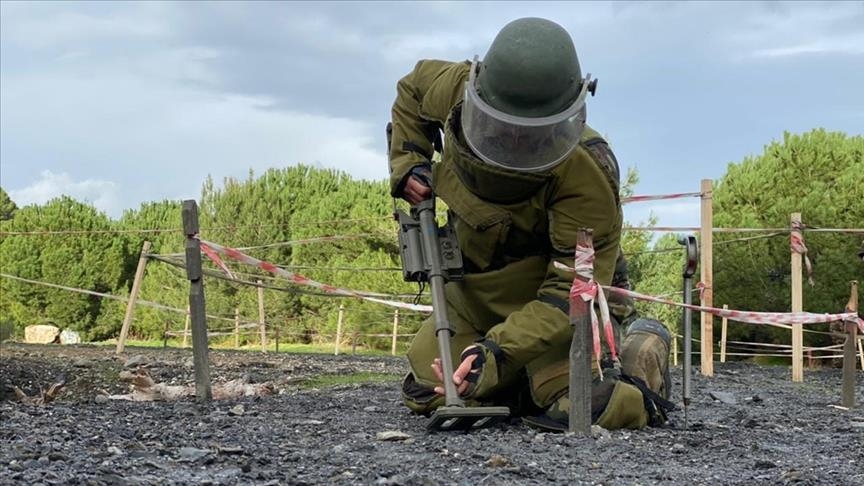Mine action is a global humanitarian initiative aimed at reducing the dangers posed by landmines and explosive remnants of war (ERW) EOD. These lethal devices, remnants of past conflicts, continue to take lives and impede socio-economic progress in affected regions. International organizations and governments have committed substantial resources to addressing this issue, making mine action an essential element of global humanitarian and development efforts.
Core Components of Mine Action
Mine action is structured around five fundamental pillars that direct global initiatives:
- Mine Clearance – This involves identifying and removing landmines and ERW from contaminated zones. Skilled demining teams employ advanced technology and specialized methods to safely eliminate these hazards, enabling communities to reclaim and utilize their land securely.
- Mine Risk Education (MRE) – Educating vulnerable populations, particularly in conflict-affected areas, helps prevent accidents and fatalities. These educational programs raise awareness about the threats posed by mines and instruct communities on how to minimize risk.
- Victim Assistance – Survivors of mine explosions often sustain severe, life-changing injuries. Victim assistance programs provide medical treatment, rehabilitation, psychological support, and economic reintegration to help affected individuals rebuild their lives.
- Stockpile Destruction – Many nations still hold stockpiles of landmines. The systematic destruction of these stockpiles is crucial for preventing future use and adhering to international disarmament commitments, such as the Mine Ban Treaty (Ottawa Treaty).
- Advocacy and Policy Development – International advocacy campaigns aim to enforce total bans on landmines, enhance global cooperation, and ensure governmental adherence to mine action treaties and obligations.
Humanitarian and Developmental Impact
The presence of landmines and ERW poses significant humanitarian concerns. Civilians, particularly children, are at high risk of severe injury or death. Additionally, landmines prevent agricultural activities, force the displacement of communities, and hinder infrastructure development, including schools, roads, and hospitals.
Through mine clearance, public education, and victim assistance, mine action contributes to restoring safety and promoting economic stability. Countries such as Cambodia, Mozambique, and Colombia have made significant strides in land reclamation and safety improvements through sustained mine action programs.
International Collaboration and the Future of Mine Action
Key organizations such as the United Nations Mine Action Service (UNMAS), the International Campaign to Ban Landmines (ICBL), and the Geneva International Centre for Humanitarian Demining (GICHD) play vital roles in implementing mine action strategies worldwide. The Mine Ban Treaty has contributed to significant reductions in landmine use and production.
Despite these advancements, challenges persist. Ongoing conflicts, new landmine contamination, and limited funding threaten to slow progress. Continued international cooperation, advancements in mine detection technology, and strong political commitment are necessary to realize a mine-free world.

